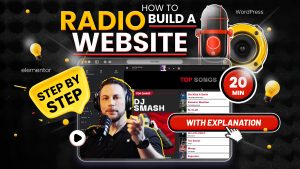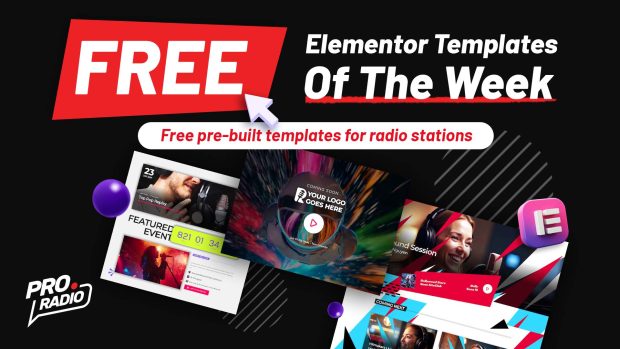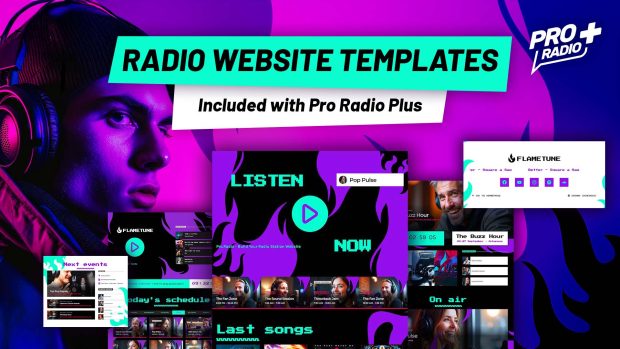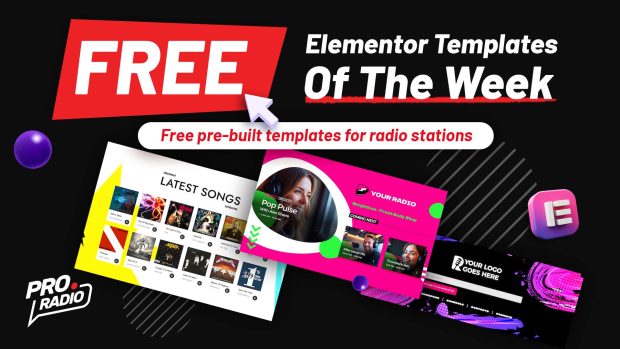
- arrow_back Home
- keyboard_arrow_right The Art Of Broadcasting
Chapter 10 – Your Station Is a Media Platform—Not Just a Hobby
The Art Of Broadcasting 36 142 Pro Radio WordPress Theme July 2, 2025
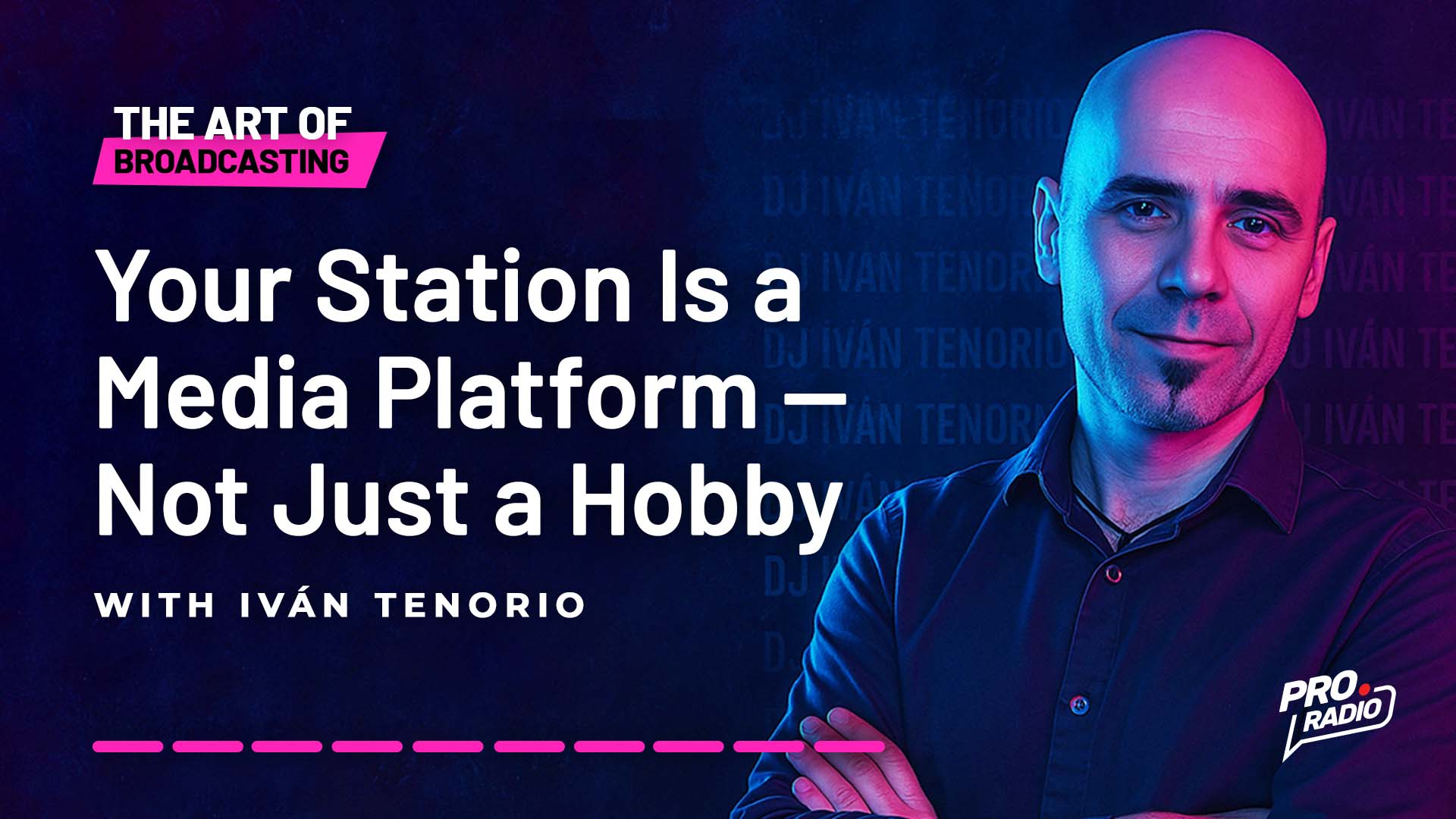
Intro sneak peek:
- 1. From Passion to Professionalism Without Losing the Spark
- 2. What Separates a Hobby From a Media Platform?
- 3. Your Station Needs Structure (Even If You’re a One-Person Team)
- 4. What If You Get Tired One Day?
- 5. Professionalism Is Not the Enemy of Passion
- 6. Want to Monetize One Day?
- 7. Professionalizing Means Caring for Your Project
- 8. Practical Exercise
- 9. Everything You Have… If You’ve Followed the Path
- 10. So, What Do You Have Now?
- 11. From Hobby to Media. From Passion to Sustainable Model.
- 12. 10 Ways to Commercialize Your Station (Without Losing Your Soul)
- 13. Your Station Has Value
- 14. Did you miss the previous episodes?
- 15. Get the Next Chapters Straight to Your Inbox
- 16. Launch Your Radio Website Today!
From Passion to Professionalism Without Losing the Spark
There’s something beautiful about starting a radio station out of passion. That first time you record a jingle with more excitement than technique. Or when you build a schedule at 2 AM with a cup of coffee and a song that changed your day.
That spark is what ignites it all. But if you want your station to grow, endure, and make an impact, passion alone isn’t enough.
You have to turn that energy into structure.
That enthusiasm into craft.
And that hobby… into a true media platform.
This chapter is a turning point. We’re not just talking about tools anymore. We’re talking about mindset.
What Separates a Hobby From a Media Platform?
A hobby seeks personal satisfaction.
A media platform seeks purpose, an audience, and consistency.
This doesn’t mean losing your freedom or becoming cold. Quite the opposite—professionalizing your station is what allows it to stay alive long-term, no matter your mood week to week.
Example:
The hobby improvises. The media platform plans.
The hobby does what it can. The media platform delivers when it must.
The hobby drifts. The media platform commits to a mission: to inform, entertain, and accompany.
Your Station Needs Structure (Even If You’re a One-Person Team)
A professional station isn’t measured by its staff size—it’s about clarity in processes. Even if it’s just you at the controls, this matters:
- A clear and sustainable programming schedule: aligned with your lifestyle.
- A publishing strategy: for both live broadcasts and social media.
- Organized content and archives: know what you air, repeat, or repurpose.
- A habit of evaluation: what worked this month, what needs improving, what your audience is saying.
This doesn’t kill spontaneity—it gives it consistency.
What If You Get Tired One Day?
That’s another key difference:
A hobby stops when you stop.
A media platform can be delegated, automated, or scaled.
If you’ve designed it well, your station can keep broadcasting while you rest, change roles, or even sell, share, or pass it on.
Professionalism Is Not the Enemy of Passion
This is crucial. Being professional doesn’t mean being cold or rigid.
It means taking what you do seriously. Valuing your time. Respecting your audience. Demanding quality from your content.
And above all, realizing that your station has real value.
- If people are listening—you’re influencing.
- If you inspire—you’re educating.
- If you accompany—you’re doing something many commercial channels don’t.
That deserves respect. Planning. Long-term vision.
Want to Monetize One Day?
That’s another key difference: a media platform can generate income.
You don’t need to become a startup CEO—but you do need a clear outlook.
Do you have room for sponsorships?
Could you offer side services?
Are memberships or collaborations with institutions possible?
Tools like Ko-fi, Patreon, or online course platforms can help diversify income.
AI can support you here too. Use a prompt like:
“Create a sponsorship proposal outline for an online radio station focused on music and culture, targeting adults aged 30–50. Include possible metrics, advertiser benefits, and collaboration ideas.”
Professionalizing Means Caring for Your Project
This is the heart of the chapter:
Turning your station into a media platform doesn’t kill the passion—it protects it.
It helps your passion last, grow, and reach more people—without relying on impulses alone.
There’s no contradiction between doing things with love and doing them well.
Practical Exercise
Create a “professionalization plan” for your station—just five points, but realistic ones, like:
- Set fixed days for live shows.
- Automate part of your programming with music blocks and jingles.
- Create a content calendar for social media in a spreadsheet.
- Identify potential revenue streams (donations, collabs).
- Review your branding (visual and sonic) quarterly.
Ask AI for help if you want—but make sure the plan reflects your vision, your voice, your style.
You’re not building a toy station. You’re creating a media brand.
Even if there’s no newsroom. Even if there are no salaries.
Your voice is on the air. Your message is reaching people. Your audience is listening.
That’s responsibility. That’s professionalism.
And yes—that’s also passion.
Everything You Have… If You’ve Followed the Path
If you’ve made it this far, and applied what you’ve learned in previous chapters—you don’t just have a radio station. You’ve built a media project. A narrative. A platform with purpose.
But if you skipped chapters or landed here first, I invite you to start from the beginning. This guide is designed to give you practical, human tools to build a station with soul. It’s not theory—it’s living structure. Radio that breathes.
So, What Do You Have Now?
If you’ve followed the whole path, you should now have:
- An operational online radio station, stable and partially automated.
- A clear, flexible schedule with well-defined content.
- A consistent and professional visual identity (logo, socials, website).
- A recognizable sonic identity: voices, music, silence.
- A strategic use of AI as a tool—not a replacement.
- A growing community, connected by your narrative voice.
- And most importantly: a solid foundation that allows you to grow, collaborate, and even monetize—without losing your essence.
Your station is no longer just a channel.
It’s a media platform.
And it sounds exactly how you want to be heard.
From Hobby to Media. From Passion to Sustainable Model.
You started it with excitement. At times, with doubts. Maybe you thought it was just a side project. But step by step, you’ve built a media outlet.
And not just any outlet.
You’ve created a professional structure, with a narrative, strong branding, audio quality, and editorial purpose. You’ve used cutting-edge tools—including AI—to fine-tune your content, automate tasks, maintain creative control, and grow with a style that’s entirely your own.
Now that it’s all up and running—it’s time to look beyond the mic.
10 Ways to Commercialize Your Station (Without Losing Your Soul)
- Traditional audio ads: Short scripts with voice and music. Offer them to local businesses or online brands.
AI Hack: Use ChatGPT for scriptwriting and ElevenLabs for professional voiceovers. - Sponsored mentions: Less intrusive, more effective. A simple “Thanks to [brand name]” during your show can be more impactful than a full ad.
- Sponsored segments: Recurring bits like “Fact of the Day” or “Hidden Gem Track” can carry brand names—without disrupting your flow.
- Podcast production for clients: If you’ve mastered structure and editing, offer tailored podcasts to companies or institutions. Your station becomes your portfolio.
- Custom branded shows: Record branded shows as if they’re live—complete with shoutouts and curated music—for stores, fairs, or corporate spaces.
- Live broadcasts from businesses: Bring your mic to a bar, shop, or event and do the show from there. It creates visibility, energy, and local relationships.
- Voiceovers for guides, courses, or videos: You’ve already got the gear—now use it for tourism, e-learning, or internal training content.
- Media space for institutions: Cities, nonprofits, and cultural centers need visibility. Include them in your programming via collaborations or interviews.
- Sponsored newsletters: A biweekly email to your audience can carry both your content and sponsored messages.
- Sell sonic branding: If you’ve nailed your station’s sound, offer intros, jingles, or full brand packages to other broadcasters.
Your Station Has Value
You’re not improvising. This isn’t a random hobby.
You’ve built a channel with identity, story, and potential. And that’s worth something.
It has emotional value. Social value. And yes—financial value.
Professionalizing doesn’t mean turning your station into a supermarket.
It means sustaining your project, growing with it, and living off what you love.
If you sell—do it with style.
If you monetize—do it with purpose.
And if you turn this into your way of life—make sure it still beats with the same passion that started it all.
Did you miss the previous episodes?
Check here all 10 chapters of The Art of Broadcasting by Ivan Tenorio
Get the Next Chapters Straight to Your Inbox
Want to level up your radio station?
Join our newsletter to receive expert tips, free resources, and the latest chapters delivered right to your inbox.
You’ll also unlock:
- Free radio website templates
- Exclusive updates and tools
- Special discounts for broadcasters, podcasters, and internet radio creators
Don’t miss out—Pro Radio is your all-in-one radio website builder. Start creating the station you’ve always dreamed of!
Launch Your Radio Website Today!
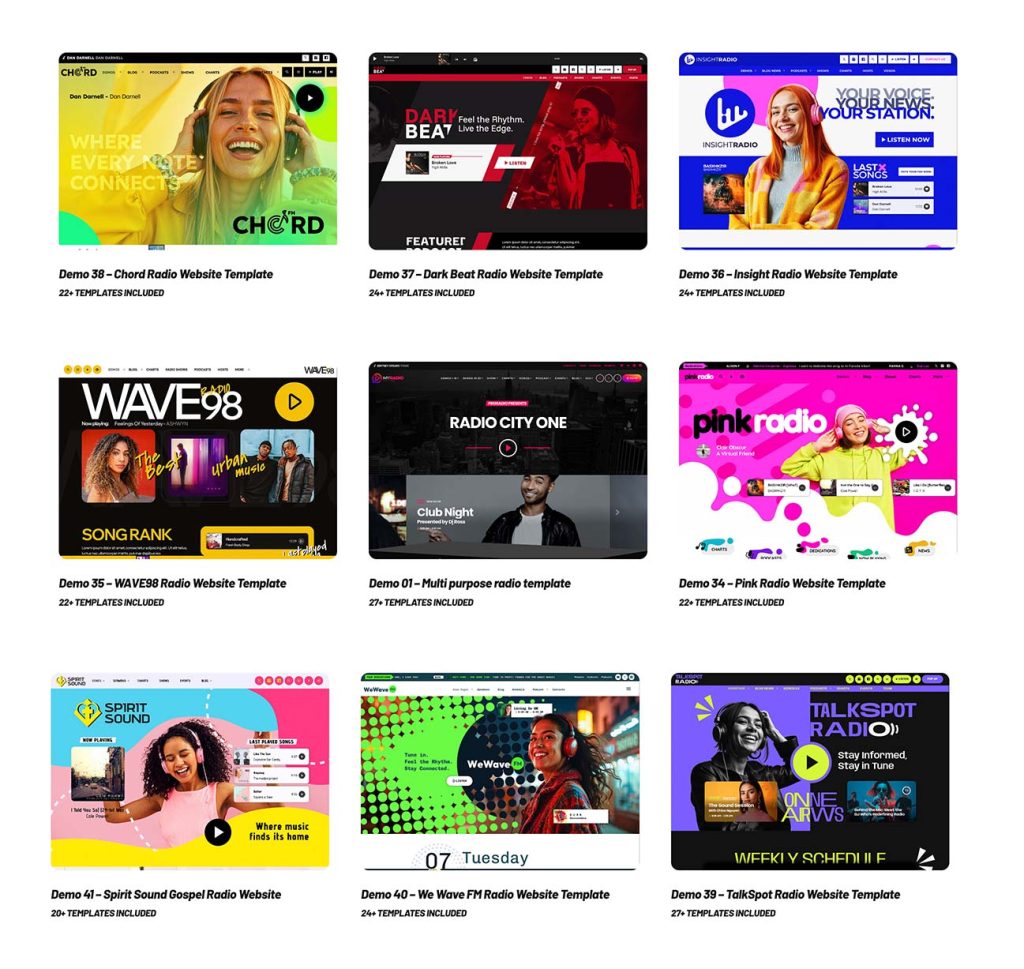
Build a professional, modern radio website in no time—no coding required. Everything you need is included:
- Built-in audio player for any streaming provider
- Radio show scheduling and timetables
- Full podcast support
- Events calendar to keep your audience engaged
40+ prebuilt radio website templates Just pick your favorite and go live fast.
You may also like
Start Your Internet Radio Station
Products
Radio Features
Copyright 2019-2026 ProRadio® Qantum Themes SL® All Rights Reserved




